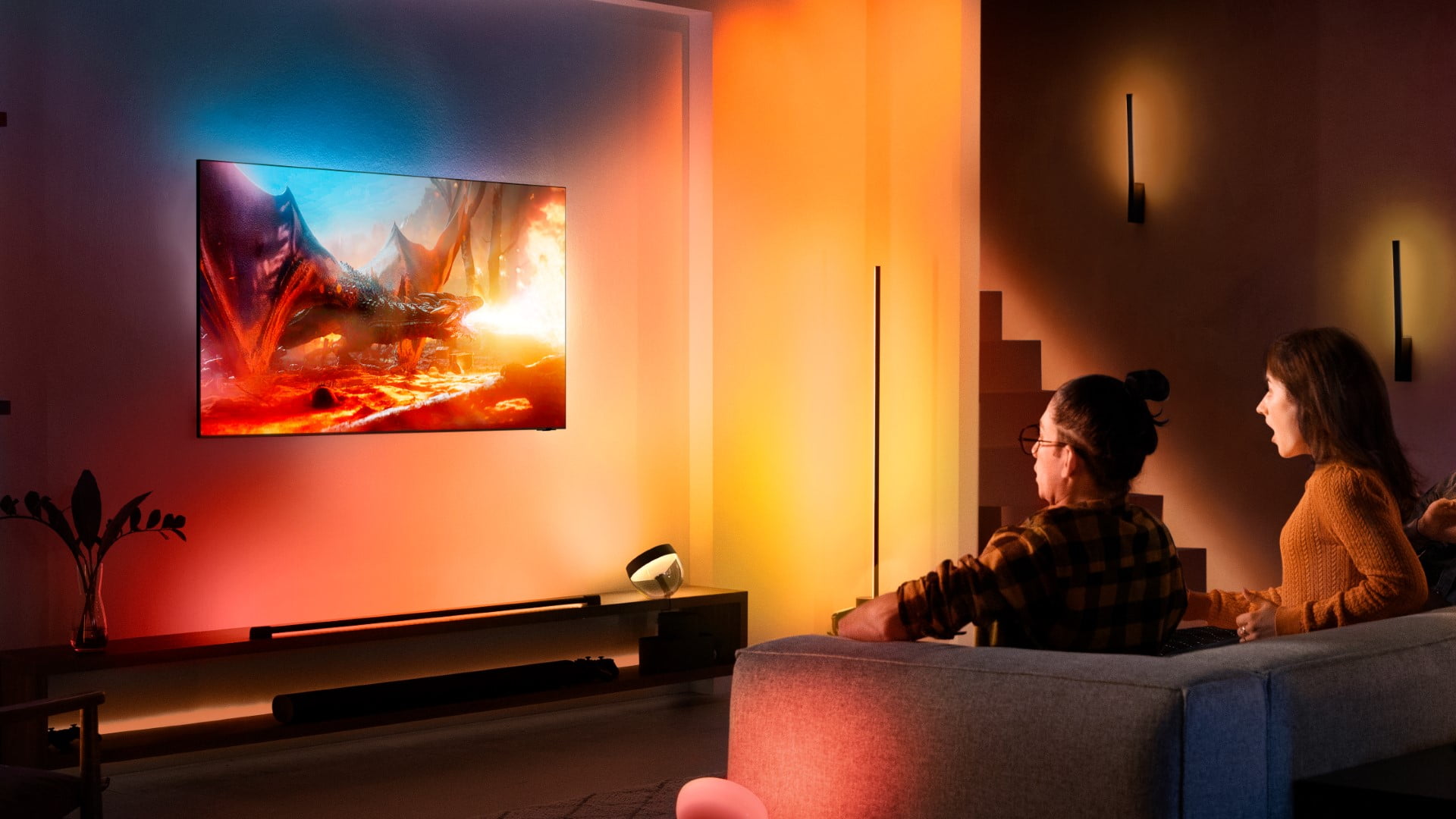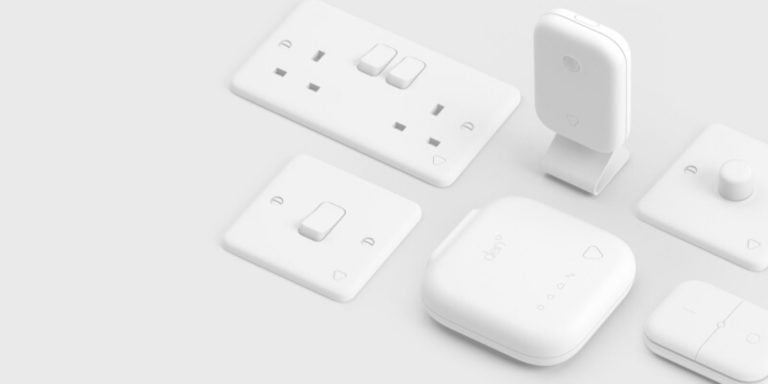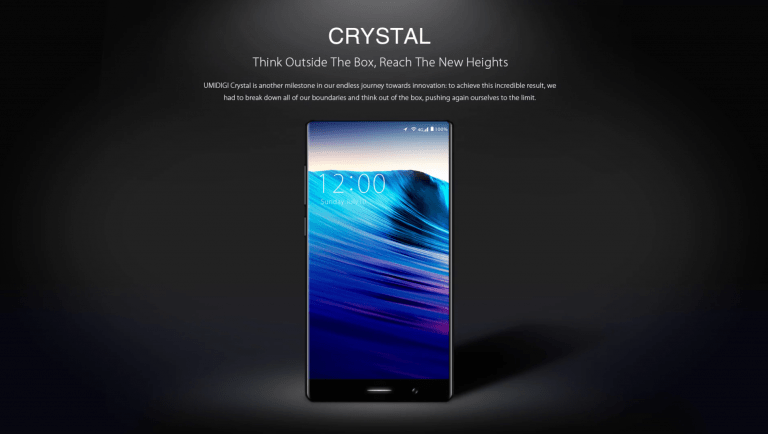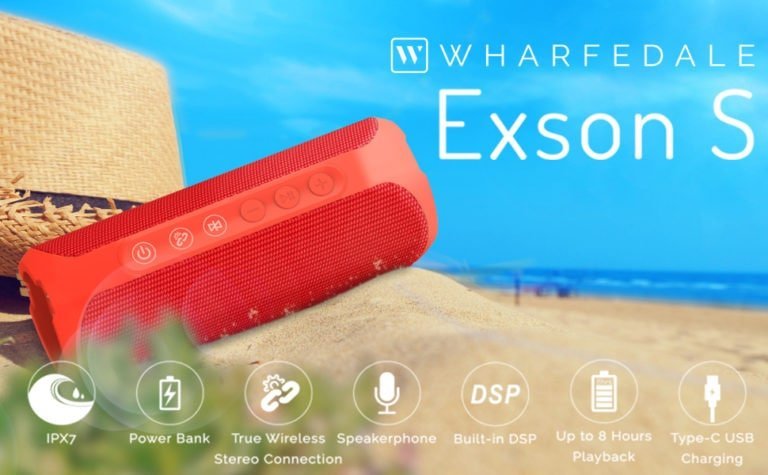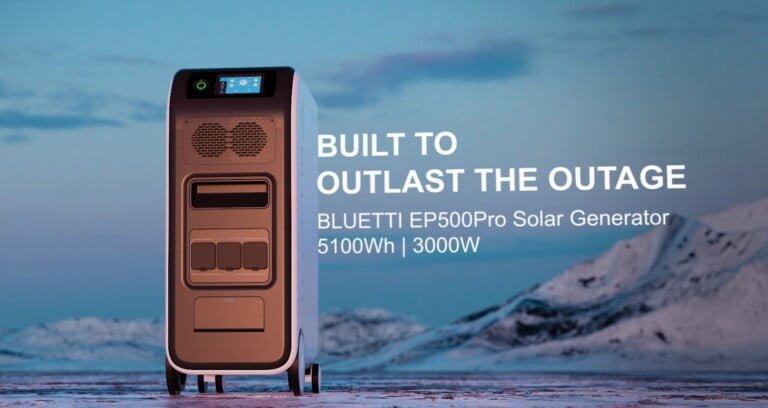Any links to online stores should be assumed to be affiliates. The company or PR agency provides all or most review samples. They have no control over my content, and I provide my honest opinion.
Signify, the company behind the popular Philips Hue smart lighting system, has announced a new partnership with Samsung SmartThings, a leading smart home platform. This collaboration aims to provide users with more seamless control over their Philips Hue smart lights through the SmartThings app and ecosystem.
Related Content
- Philips Hue Smart Wall Switch Module Review
- Philips Hue Surimu Rectangle Panel Review
- Philips Hue Bridge Review
- Philips Hue Go Portable Table Lamp Review
- Philips Hue Play HDMI Sync Box Review
- Samsung SmartThings Review
Expanded Philips Hue Functionality in SmartThings App
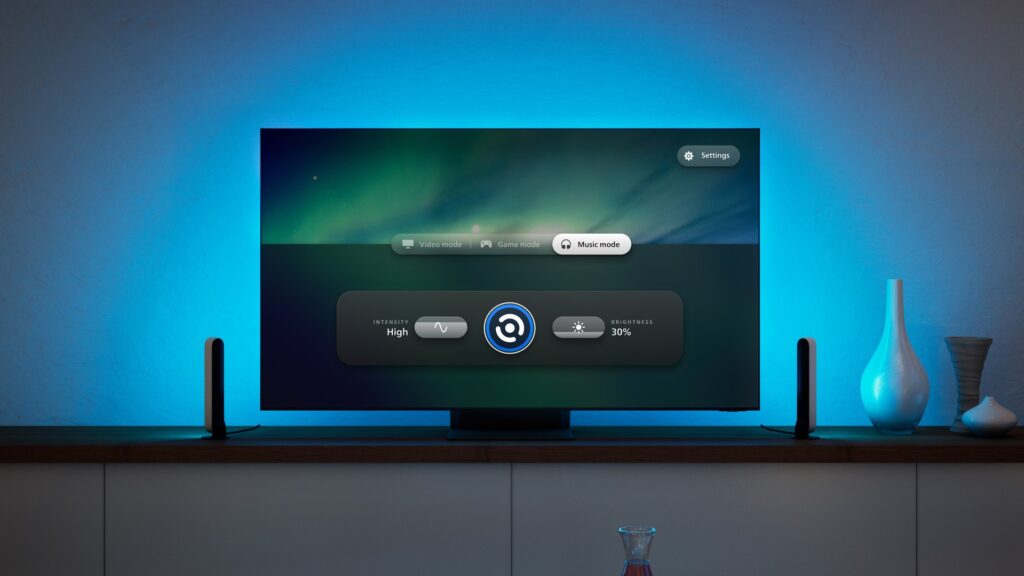
Starting in Q2 2023, SmartThings users will be able to enjoy expanded Philips Hue functionality directly within the SmartThings app. This integration will allow users to control their Philips Hue lights, including colour-capable and white ambience bulbs, light strips, lamps, and more, without the need for a separate Hue app.
The SmartThings app will offer a user-friendly interface for controlling Philips Hue lights, enabling users to turn lights on and off, adjust brightness and color, and create custom scenes and automations. This integration streamlines the smart home experience by providing a centralized control hub for managing various smart devices, including Philips Hue lighting.
Seamless Setup and Onboarding
One of the key benefits of this partnership is the simplified setup and onboarding process for Philips Hue devices within the SmartThings ecosystem. Users will be able to easily discover and add their Philips Hue lights to their SmartThings network using the app’s intuitive setup wizard.
The seamless integration eliminates the need for users to switch between multiple apps, making it more convenient to control and customize their smart home lighting. This ease of use is particularly beneficial for those who are new to smart home technology or those who prefer a more streamlined approach to device management.
Enhanced Smart Home Automations and Scenes
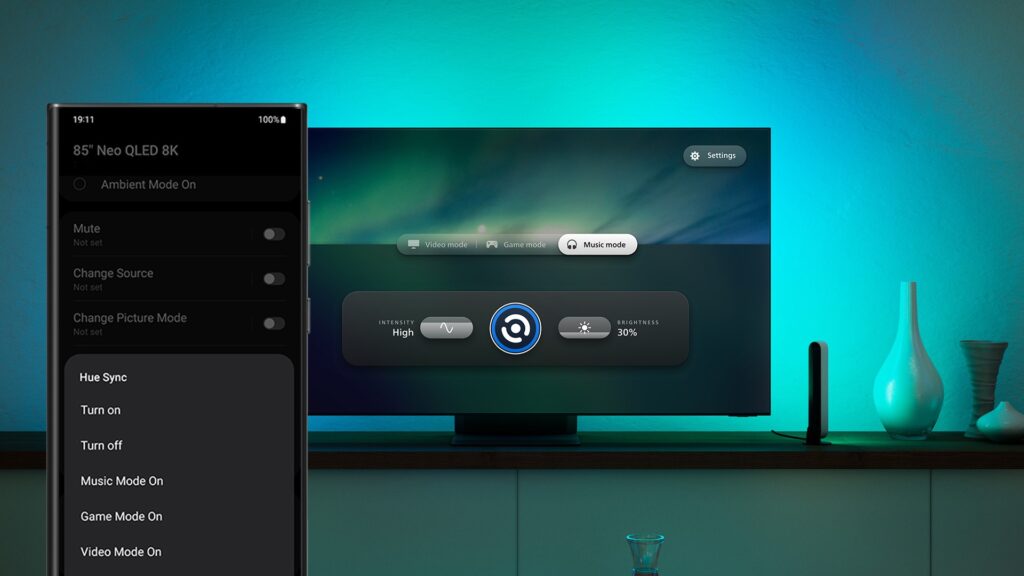
The collaboration between Philips Hue and Samsung SmartThings opens up new possibilities for creating advanced smart home automations and scenes. Users can leverage the powerful automation capabilities of the SmartThings platform to create custom lighting routines based on time, location, or the status of other connected devices.
For example, users can set up automations that turn on specific Philips Hue lights when they arrive home, adjust the lighting based on the time of day, or create immersive entertainment experiences by syncing their lights with their Samsung TV or sound system. The integration allows for greater flexibility and creativity in designing personalized lighting scenes that enhance comfort, convenience, and ambience in the home.
Commitment to Interoperability and User Experience
The partnership between Signify and Samsung demonstrates a shared commitment to promoting interoperability and improving the user experience in the smart home industry. By collaborating, both companies aim to break down barriers between different smart home ecosystems and provide users with more choice and flexibility in how they control their devices.
Jasper Vervoort, Business Leader, Home Systems & Luminaires at Signify, emphasized the importance of this partnership, stating, “As a leader in smart lighting, we are always looking for ways to make it easier for consumers to experience the benefits of Philips Hue smart lighting. By partnering with Samsung SmartThings, we are taking another step in this direction, making it easier for more people to enjoy the benefits of a truly smart home.”
Mark Benson, Head of SmartThings US, echoed this sentiment, saying, “SmartThings users will be able to easily add Philips Hue smart lights to their smart home to create a more convenient and customized lighting experience. We are excited to partner with Signify to expand the connected lighting options for SmartThings users and to enable more ways to control and automate lighting through the smart home.”
Future of Smart Home Lighting
The integration of Philips Hue into the Samsung SmartThings platform represents a significant step forward in the evolution of smart home lighting. As more consumers adopt smart home technology, the demand for seamless integration and interoperability between devices and platforms continues to grow.
Partnerships like this one between Signify and Samsung pave the way for a more connected and user-friendly smart home experience. By simplifying device setup, centralizing control, and enabling advanced automations, users can enjoy the benefits of smart lighting without the complexities often associated with managing multiple apps and ecosystems.
As the smart home industry continues to evolve, it is likely that we will see more collaborations between leading companies to create a more unified and intuitive user experience. The integration of Philips Hue into Samsung SmartThings is just one example of how partnerships can drive innovation and make smart home technology more accessible and enjoyable for consumers.
Availability and Compatibility
The expanded Philips Hue functionality within the Samsung SmartThings app will be available starting in Q2 2023. Users will need a compatible Philips Hue bridge and SmartThings hub or compatible Samsung Galaxy device to take advantage of this integration.
Existing Philips Hue users can easily connect their devices to the SmartThings platform using the app’s discovery and setup process. New users can purchase Philips Hue starter kits or individual bulbs and follow the guided setup within the SmartThings app to begin enjoying the benefits of smart lighting control.
With this partnership, Signify and Samsung are making it easier for consumers to create a truly connected and personalized smart home experience, with Philips Hue lighting as a central component. As more users embrace the convenience and flexibility offered by this integration, it is expected to drive further adoption of smart home technology and inspire new innovations in the field of connected lighting.
I am James, a UK-based tech enthusiast and the Editor and Owner of Mighty Gadget, which I’ve proudly run since 2007. Passionate about all things technology, my expertise spans from computers and networking to mobile, wearables, and smart home devices.
As a fitness fanatic who loves running and cycling, I also have a keen interest in fitness-related technology, and I take every opportunity to cover this niche on my blog. My diverse interests allow me to bring a unique perspective to tech blogging, merging lifestyle, fitness, and the latest tech trends.
In my academic pursuits, I earned a BSc in Information Systems Design from UCLAN, before advancing my learning with a Master’s Degree in Computing. This advanced study also included Cisco CCNA accreditation, further demonstrating my commitment to understanding and staying ahead of the technology curve.
I’m proud to share that Vuelio has consistently ranked Mighty Gadget as one of the top technology blogs in the UK. With my dedication to technology and drive to share my insights, I aim to continue providing my readers with engaging and informative content.

